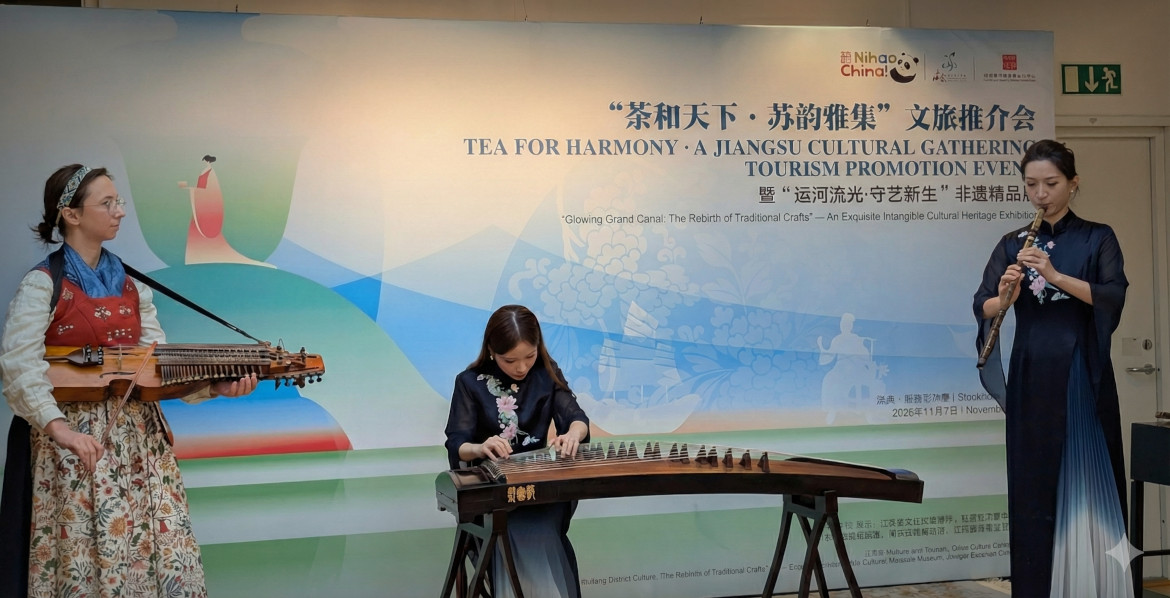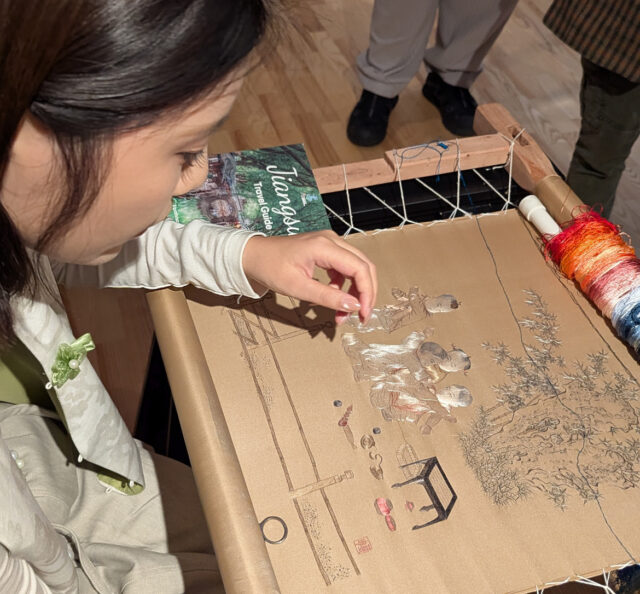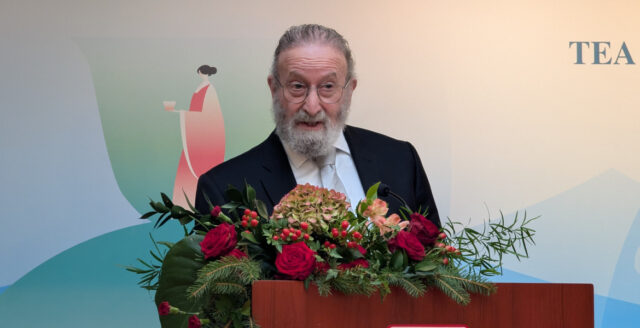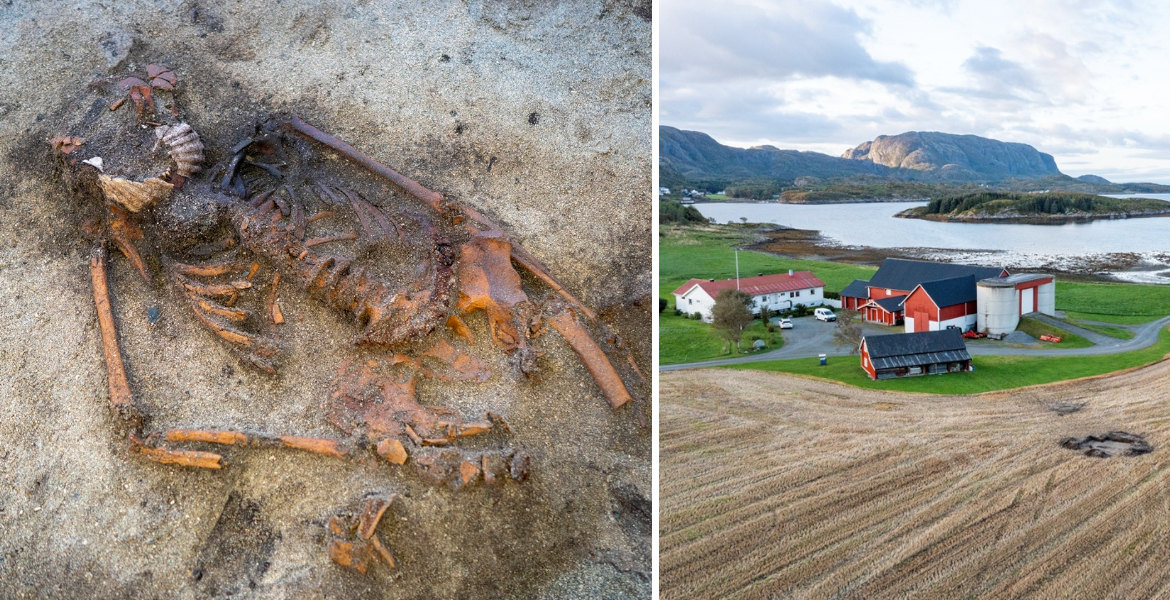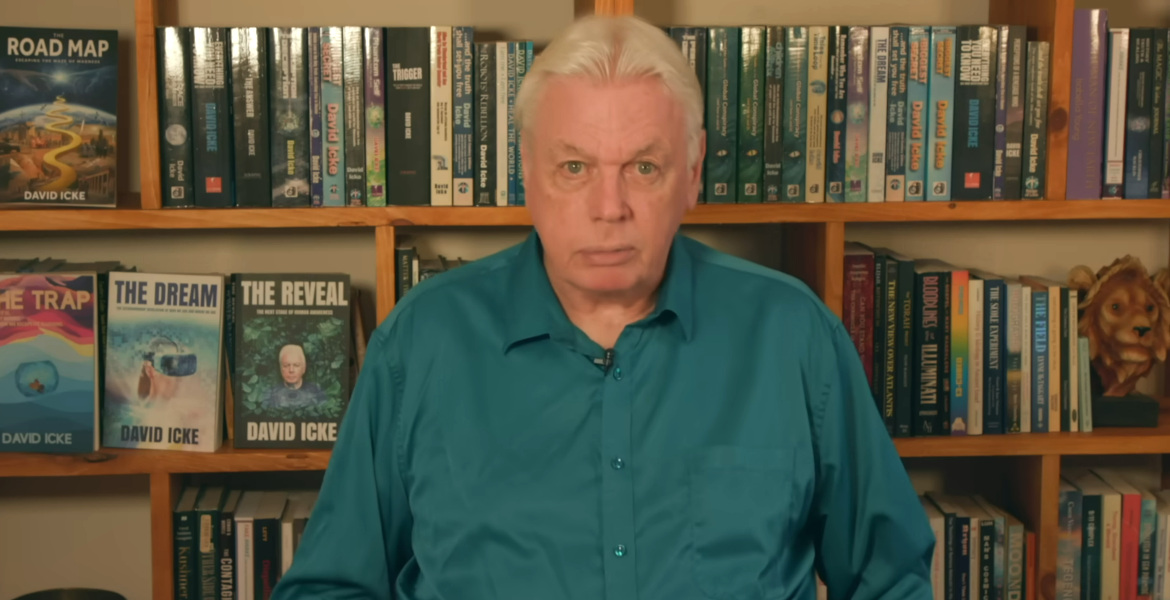Sweden Rock Festival celebrates its golden anniversary this year and truly represents a sacred covenant between the organizers, artists, audience, volunteers, journalists, photographers, as well as bikers, food trucks of all kinds and the residents of Norje, Sölvesborg and the surrounding area.

Ingolf Persson is the visionary behind the success story that is Sweden Rock Festival, the largest hard rock festival in Scandinavia. It always takes a visionary to create something, so it is with all the fantastic bands, all the musical souls who compose songs and strong melodies that still captivate and make the pulse and blood flow rhythmically in the body, creating a magical feedback loop between rock band and audience.

More than 90 bands performed at this year's edition of Sweden Rock Festival, which also celebrated its 30th anniversary this year. The undisputed highlight was Iron Maiden with front man Bruce Dickinson! They show and offer the excited crowd energy, stage presence and true camaraderie both among themselves as band members and to the audience, giving them full value, response and gratitude for the mutual respect between audience and band.

There is an adrenaline rush just before the band enters the stage and the audience does not know what to do and even we photographers in the photo ditch feel the presence of the audience and the band and the whole place's soul vibrates and is then released when everyone in the band Iron gives it their all with their fantastic setlist. Iron Maiden knows how to create majestic compositions, powerful chords, beautiful chord progressions and changes between acoustic, distorted guitars, beautiful vocal parts, just think of the songs Fear of the Dark, Alexander the Great and Wasted Years.

Sweden Rock's five stages during the four days of the festival delivered band after band of hard rock, metal, blues, rock and it is nice to see how nice the atmosphere becomes by varying the range of all these styles. It is also powerful to be a part of a band that has been creating fantastic songs for decades, songs that still touch you and make you feel good, especially when you think of the band that almost became a kind of opening act for Iron Maiden... Blue Öyster Cult. Strong melodies that are perfectly uplifting like Cities on Flame with Rock and Roll and Black Blade.

It's amazing that guys well into their 70s are still delivering rock at the highest level and touching hearts. There is really a series of renowned artists such as Def Leppard, Lita Ford, Heat, Sator, Europe, U.D.O. and others. There was also an extra nostalgia trip when we got to see and hear the remnants of ZZ-Top, now called Billy Gibbons and the BFGs. During such numbers, the audience rhythmically bobbed their heads, clapped their hands in time and stamped their feet in the sandy and dusty earth.

Many of the singers in each band expressed their gratitude for the organization of the festival, the presence of the audience, and how important music and culture are to be able to meet and socialize again now that the pandemic and the festival are over, for now. Some final thoughts for next year's festival are the wish for a little warmer food in some of the food tents and maybe some symbols to make it a little easier to find your car in the middle of the night far out in the fields and a little better communication between organizers, artists and media, but all in all the Sweden Rock Festival is a fantastic organization that integrates, invites and respects.

See you next year with the expectation that all the senses will be stimulated and especially the ear canals will be kneaded by decibels. Thank you for a successful Sweden Rock Festival 2023. So the last question is: Do I take the bride? Yes! And if there are 30 more years, we look forward to a diamond wedding!
Mikael Rasmussen alias Artist Razz
Sweden Rock is a rock festival outside Sölvesborg in Blekinge. The festival offers music including classic rock, hard rock, metal and blues.
It is Scandinavia's largest rock festival and every year visitors come from around 50 countries.

